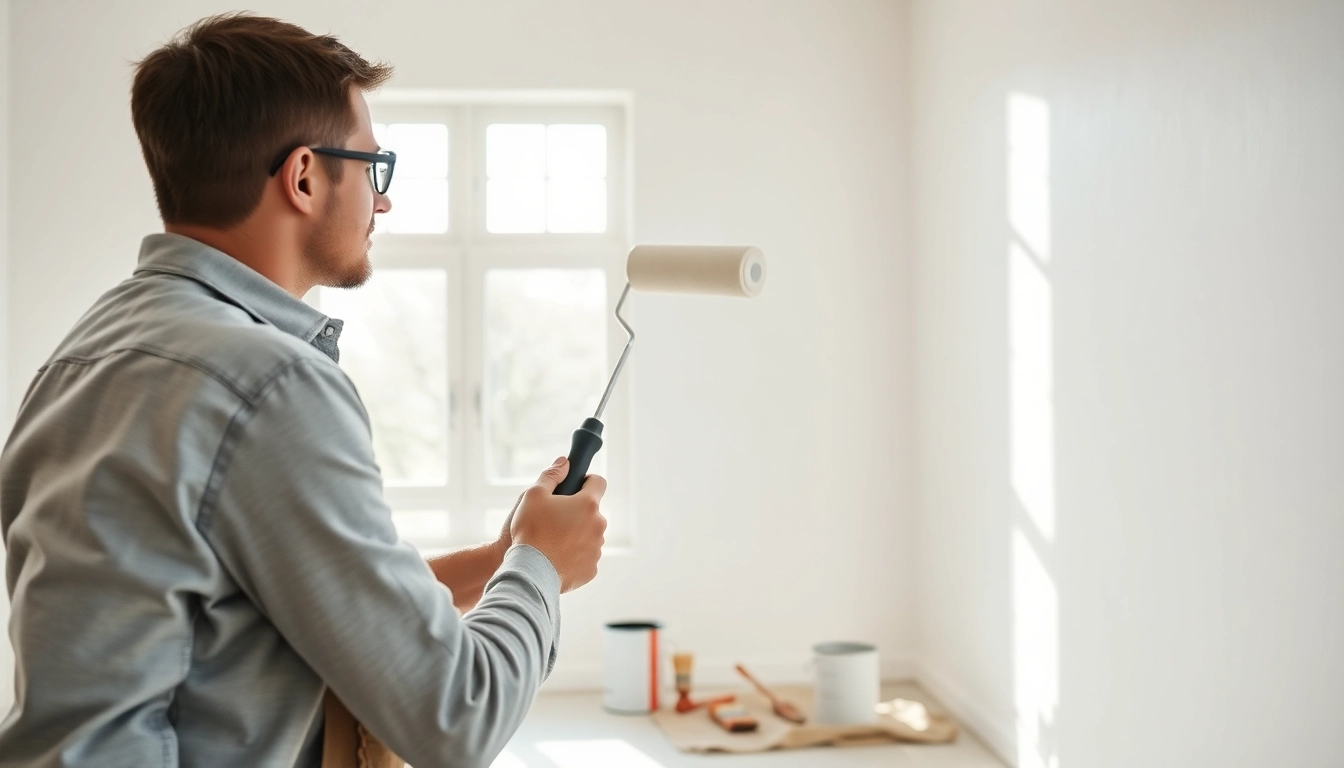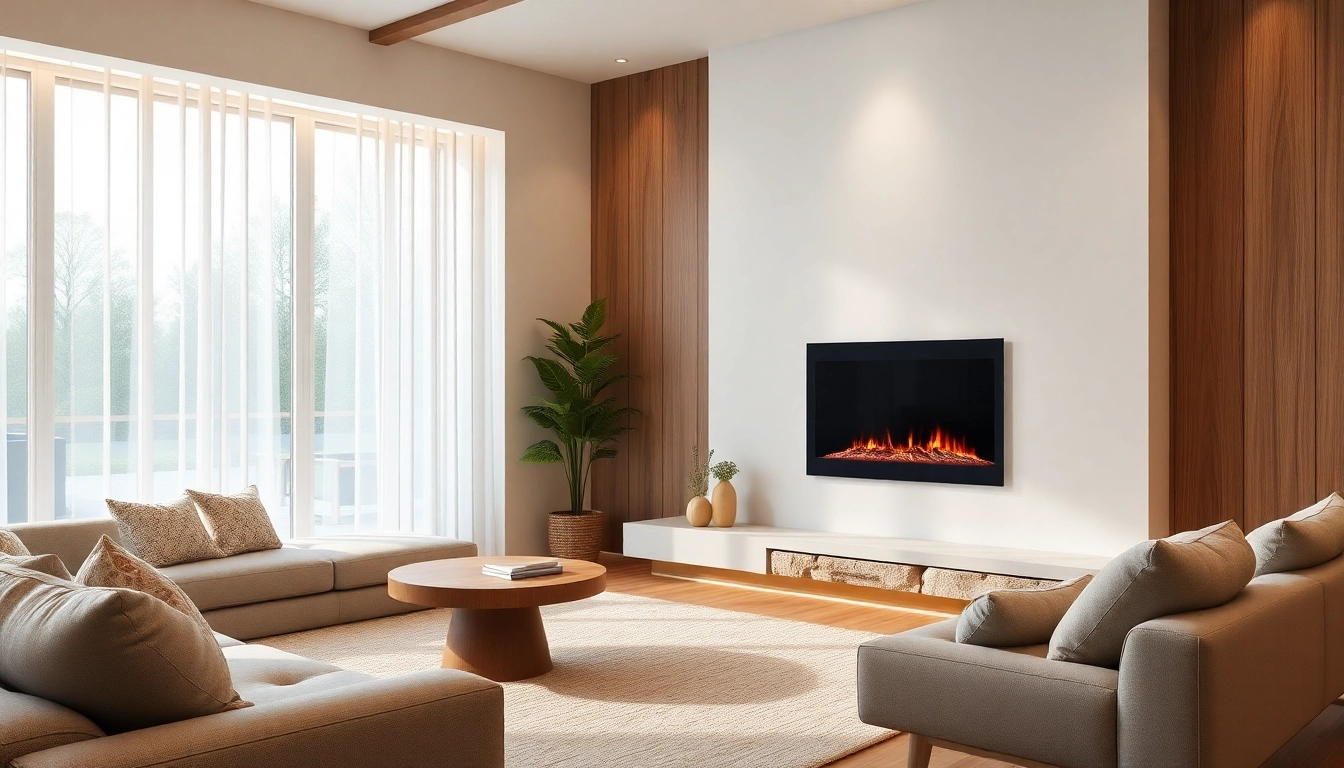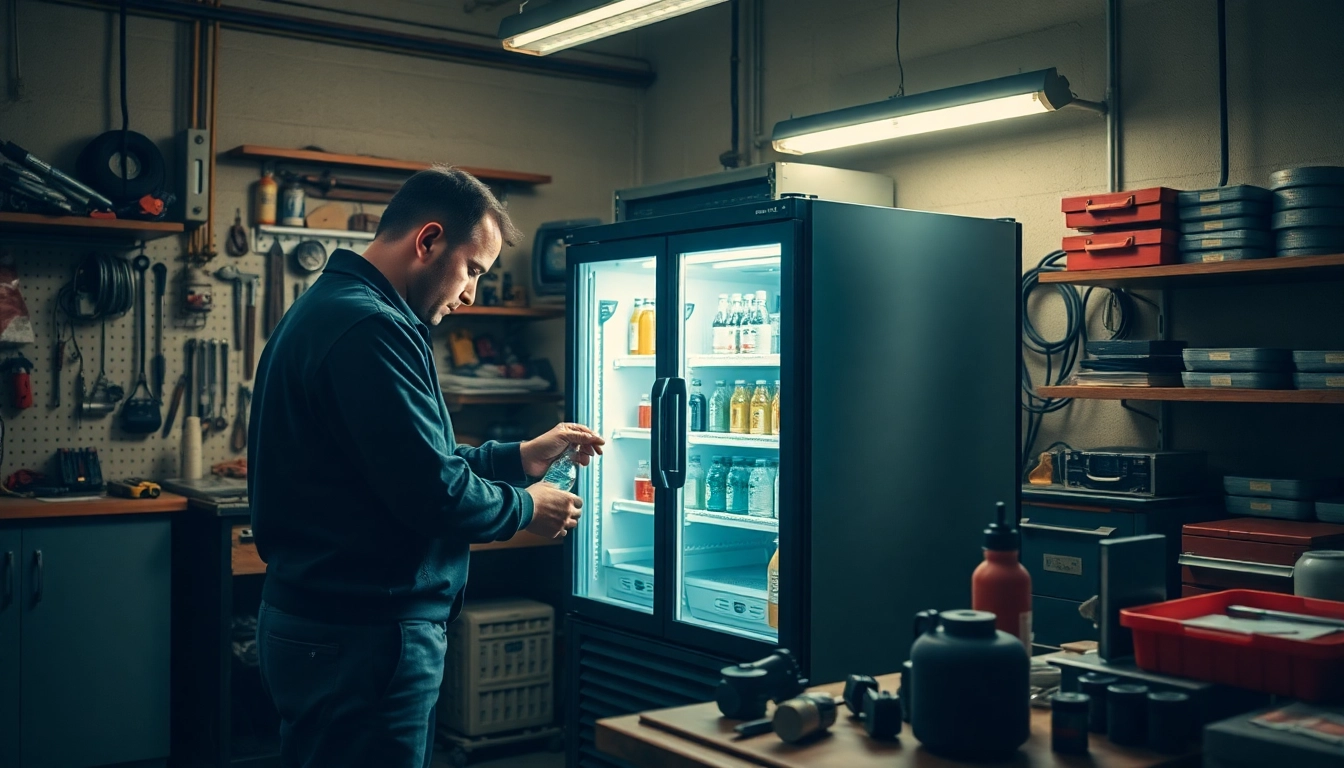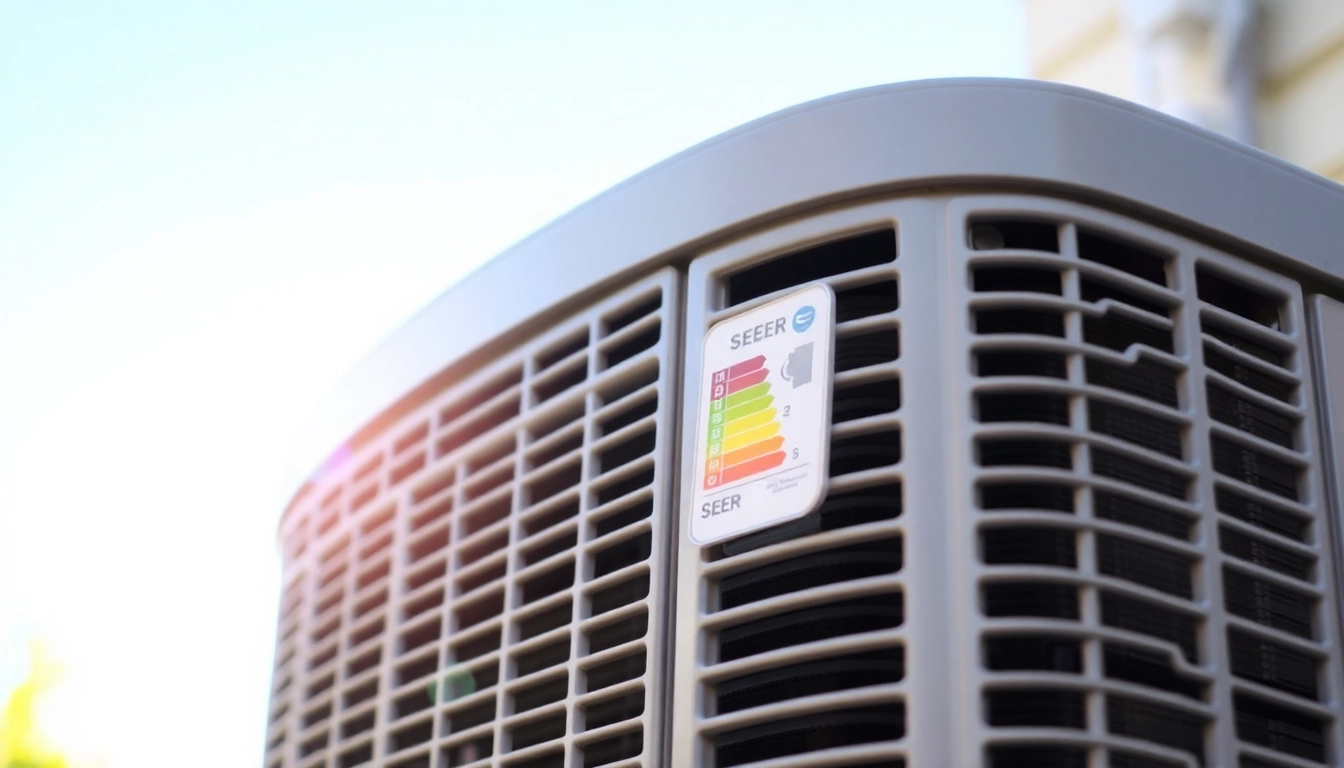Understanding Drywall Painting
What is Drywall Painting?
Drywall painting is the process of applying a decorative paint finish to drywall, also known as gypsum board or plasterboard. This technique is essential in both residential and commercial fields, as it enhances the aesthetic appeal while also providing protective features to the underlying drywall material. Proper painting of drywall can help ensure that walls are durable, visually appealing, and resistant to damage. For effective drywall painting, understanding the substrate, environmental conditions, and suitable materials is crucial.
Importance of Proper Techniques
Using correct painting techniques is fundamental to achieving a clean and professional finish. This not only affects the visual outcome but also the longevity and maintenance of the painted drywall. For instance, skipping the primer coat may lead to unstriking colors or peeling paint over time, whereas careful sanding can create a smooth, even surface that takes paint wonderfully. Employing the right methods can also enhance the efficiency of the painting process, reducing waste and ensuring a robust application.
Common Misconceptions About Drywall Painting
Several myths circulate in the realm of drywall painting. One common misconception is that it is possible to paint directly onto unfinished drywall without any primer. This approach might save time initially, but often results in uneven colors and requires more frequent touch-ups. Another misunderstanding is that a single coat of quality paint will suffice. In reality, multiple coats are frequently necessary to achieve the desired vibrancy and coverage. Dispelling these misconceptions is essential for anyone looking to undertake drywall painting successfully.
Preparation Steps for Drywall Painting
Gathering Necessary Tools and Materials
Before embarking on a drywall painting project, having the appropriate tools and materials ready is crucial. Key items include:
- Paint roller and tray
- Quality paintbrush for edges and corners
- PVA or similar drywall primer
- High-quality latex or acrylic paint
- Sandpaper or sanding block
- Utility knife for smoothing edges
- Drop cloths or plastic sheeting to protect the floor and furnishings
- Painter’s tape for securing edges
Equipping yourself with the right tools not only streamlines the process but also contributes significantly to the final outcome.
Surface Preparation: Cleaning and Priming
Preparing the drywall surface is often as crucial as the actual painting work. Initially, the walls should be cleaned to remove dust, grease, and any debris. This can be accomplished using a damp sponge and mild detergent. After cleaning, it is vital to ensure that the surface is dry.
Next comes priming—the foundation of a good paint job. Priming enhances adhesion and reduces the number of paint coats needed. Using a roller or brush, apply an even coat of primer, ensuring complete coverage of all seams and patched areas. This step is imperative, especially for new drywall, to create a uniform surface for painting.
Choosing the Right Primer for Drywall
Selecting the appropriate primer is vital for the success of the painting project. Two main types of primers are generally used for drywall:
- PVA Primer: Known for its excellent adhesion properties, a PVA primer is suitable for new drywall as it seals the surface effectively, preventing paint from being absorbed unevenly. It’s particularly useful for porous surfaces.
- Oil-based Primer: While not as commonly used on drywall, an oil-based primer may be employed in situations where stains are present or there are concerns regarding moisture. It can offer better sealing capabilities compared to latex primers.
Understanding the differences ensures informed decisions that align with project requirements and desired results.
Step-by-Step Guide to Drywall Painting
Sanding and Repairing Imperfections
After the primer has dried, the next step is sanding the surface to achieve a smooth finish. Look for imperfections, bumps, or filled spots that may have occurred during the installation and taping of the drywall. Use fine-grit sandpaper to gently smooth out these flaws. An even surface ensures that the paint adheres correctly, avoiding any unexpected textural differences once the paint is applied.
Applying Primer: Why It’s Essential
As discussed, applying primer before paint is essential to a successful drywall project. The primer serves several purposes: it enhances paint adherence, provides a consistent color base, and seals the drywall. When applying the primer, use a roller for flat areas and a brush to handle edges and corners accurately. Ensure even coverage to facilitate a seamless paint application later on.
Techniques for Applying Paint: Brushes vs. Rollers
When it comes to applying paint, choosing the right tools can significantly impact the application process. Here’s a breakdown of best practices for using brushes and rollers:
- Rollers: Best for covering large flat areas quickly and uniformly. Use a high-quality roller with a nap suited for the texture of the drywall.
- Brushes: Ideal for detailed work, edges, and corners. A good angled brush can help navigate tricky spots without over-painting onto adjacent surfaces.
Typically, a combination of both will yield the best results; rollers for large sections and brushes for edges.
Best Practices for Achieving a Professional Finish
Importance of Multiple Coats
One of the crucial factors for a durable and visually appealing paint job is the application of multiple coats. The number of coats needed can depend on various factors, including the paint color, the quality of the primer, and the finish desired. In most cases, two to three coats of latex or acrylic paint will be necessary to achieve full coverage and vibrancy. Always allow adequate drying time between each coat, as this ensures that each layer bonds correctly to enhance durability.
Understanding Paint Types for Drywall
Opting for the right type of paint can greatly influence the overall finish and performance of the paint job. The two primary types of paint for drywall are:
- Acrylic Paint: This water-based option is popular for its quick drying time and easy cleanup, offering a robust color retention and flexibility once dried.
- Latex Paint: Also water-based, latex paint is favored for its ability to resist yellowing and fading over time, making it a staple for drywall finishes.
Consulting the paint store for expert recommendations based on the specific drywall project can help in selecting the most suitable paint type.
Final Touches: Inspecting and Cleaning Up
After painting, it’s important to inspect all surfaces for missed spots or inconsistencies. Touch up any blemishes with a small brush, and ensure that the walls are uniformly painted. Cleaning up involves carefully removing any painter’s tape, and ensuring that drop cloths are folded and cleaned to avoid paint spills. Proper cleanup helps protect your work area and prepares the space for final decorations or furnishings.
Troubleshooting Common Issues in Drywall Painting
Dealing with Imperfections Post-Painting
Even with careful preparation and application, issues such as streaks or missed spots may occur. If you notice streaks in the paint after it dries, lightly sand the area and apply an additional coat of paint. For missed spots, a fine brush can help camouflage imperfections effectively.
Fixing Paint Peeling or Cracking
Peeling or cracking paint can be irritating, but addressing it promptly can save substantial time and further issues down the line. First, identify areas of peeling or cracking, and then gently scrape the affected paint off. Clean the area, apply primer, and repaint as necessary. Troubleshooting these issues not only restores the visual integrity but also enhances the longevity of your paint job.
Tips for Long-lasting Paint on Drywall
To ensure that your paint job stands the test of time, consider the following tips:
- Choose high-quality paints and primers that are suited for the environment.
- Ensure proper ventilation during the painting process to allow for optimal drying and curing.
- Wait for adequate drying time before placing furniture against walls or hanging pictures.
- Regularly clean painted surfaces with mild detergent to keep them looking fresh.
Adopting these practices can significantly increase the lifespan and appearance of your drywall paint job, yielding satisfying results.




